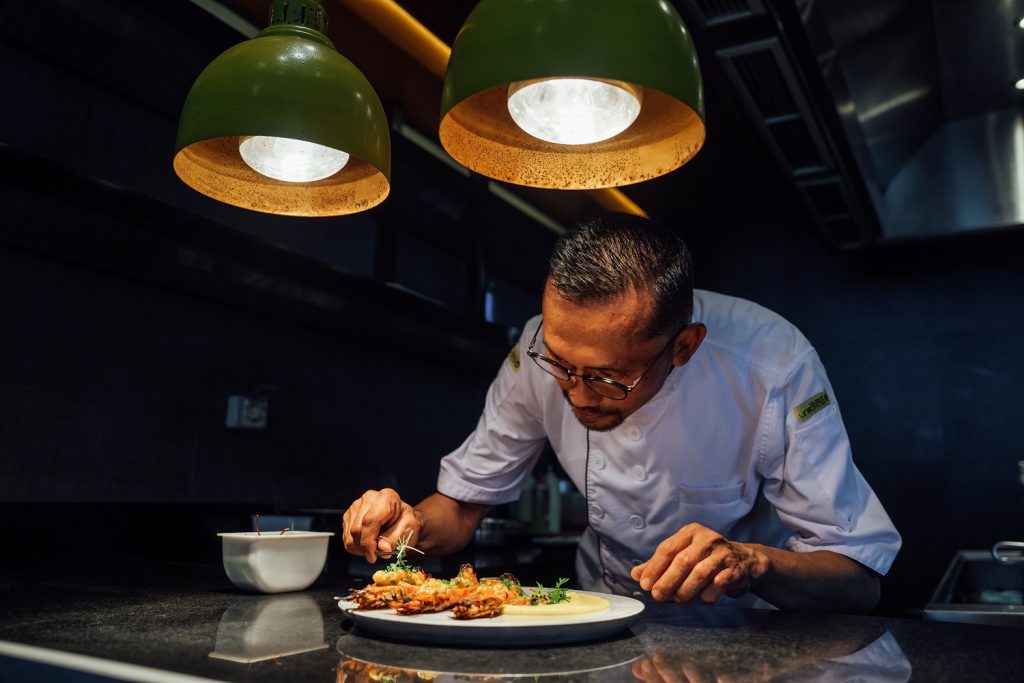Often recognised as Indonesia’s first photographer, Kassian Cephas has played an important role in capturing the essence of Indonesian culture, landscape, and society through his lens.
Born in 1845 in Yogyakarta, Java, Cephas’s impact on Indonesian photography extends beyond his individual work.
He was the first Indonesian to become a professional photographer, laying a foundation for future photographers to explore their cultural identities and the beauty of their homeland.
In this article, Sake Santema from Indies Gallery showcases a few of his photographs by Kassian Cephas.
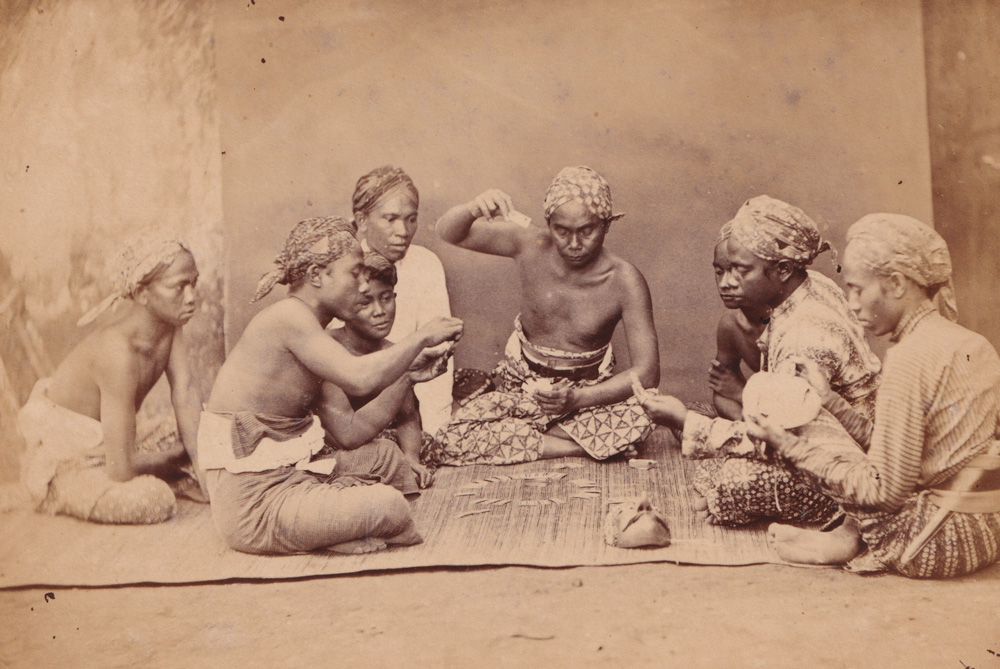
Early Life and Beginnings
While there is some dispute of Kassian Cephas’s origins, it is believed that he is entirely of Javanese descent, but his unusual name adds to the mystery. His first name Kassian (Kasihan) more commonly means pitiable, but could also mean beloved or precious. Kassian took the name Cephas, which is the Aramaic equivalent of Peter, at his baptism at the age of fifteen. He began using Cephas as his family name thereafter.
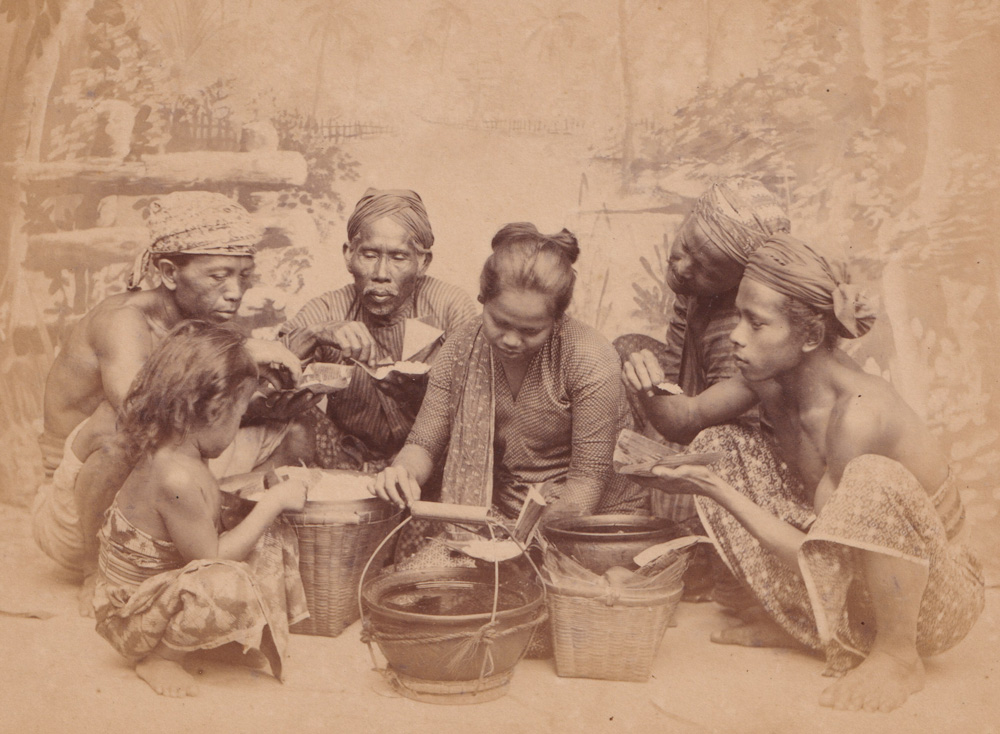
The use of studio backdrops is especially telling, establishing known locations and illustrating the self-conscious way many of these images were staged. The contrast between the intimate, engaging portrait photographs and the much less personal, almost documentary ‘types’ also shows Cephas’s ability to vary his visual language and stylistic mode in response to his intended audience.
Cephas began his career in the 1860s, when photography was still new in the archipelago, succeeding his Dutch instructor as official photographer to the royal court of Yogyakarta. The Cephas family lived in a three-storey building in Yogyakarta, in a street now known as Jalan Mayor Suryotomo. The first level was the shop on the street, the second was the photography studio while the third was the actual living quarters. In 1877 Cephas placed several advertisements in Yogyakarta’s first newspaper, the Mataram, advertising his studio services.
Contributions as Court Photographer
One of Cephas’s most distinguished roles was serving as the official court photographer for the Sultan of Yogyakarta. Appointed possibly as early as 1871 during the reign of Sultan Hamengkubuwana VI (1855 – 1877) and also serving his son Sultan Hamengkubuwana VII (1877 – 1921), this provided him unique access to the kingdom’s cultural and socio-political happenings.
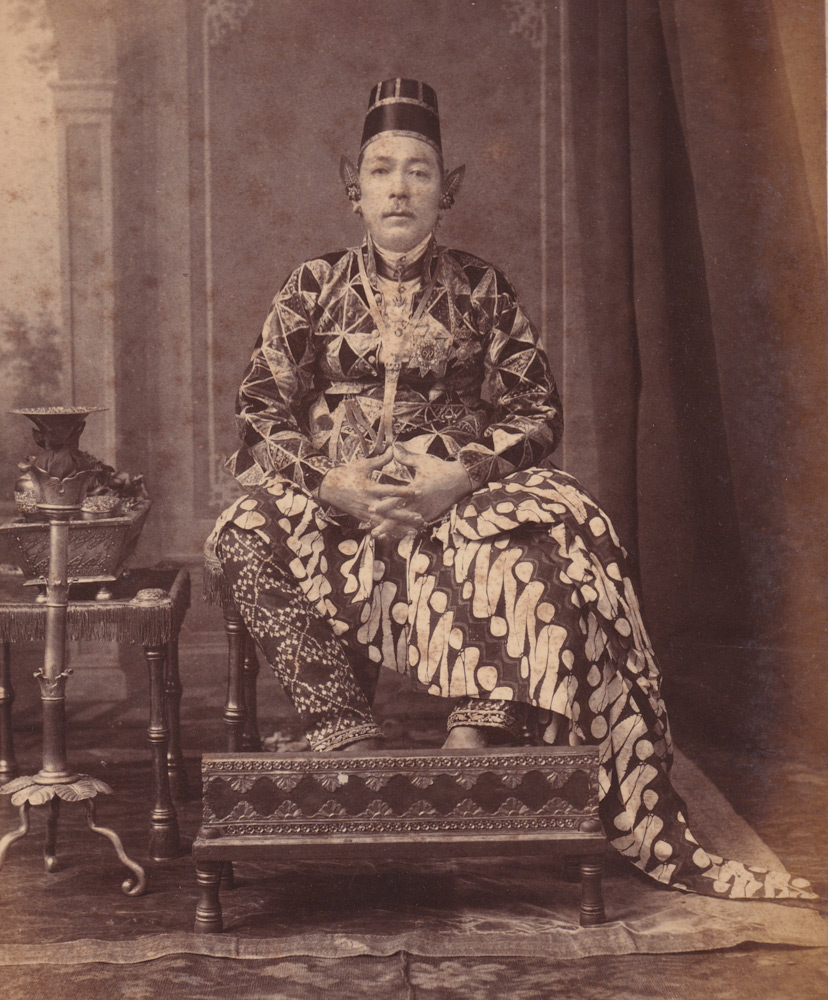
The Sultan is wearing a patch-work jacket, probably dating from the rule of Hamengkubuwana I, which is believed to possess magical protective powers against evil forces and disease.
Only the Sultan is allowed to wear the jacket. His costume includes a batik cloth with parang rusak motif of the type reserved for his closest relatives.
As court photographer, Cephas captured not only portraits of the sultan and his family but also events and rituals of the Javanese royal courts. It is possible that some portraits of the royal family were also taken at his studio, rather than entirely within the Kraton (palace).
Ethnography and Documentation
In 1891, Cephas with his oldest sons, Sem and Fares, were granted the legal status of gelijkgesteld met Europeanen or ‘equivalent to Europeans’. This gave them the right to be subject to European laws and regulations and was probably desired by Cephas due to the substantial contact he had with Europeans in connection with his business. Cephas had a unique perspective accorded with this status and his position within the Kraton, dedicating much of his career to documenting the diverse ethnic groups of Indonesia, including rural communities, traditional rituals, and daily life. His photographs serve as a vital historical record of the cultural practices and social norms of the time.
Architectural Photography
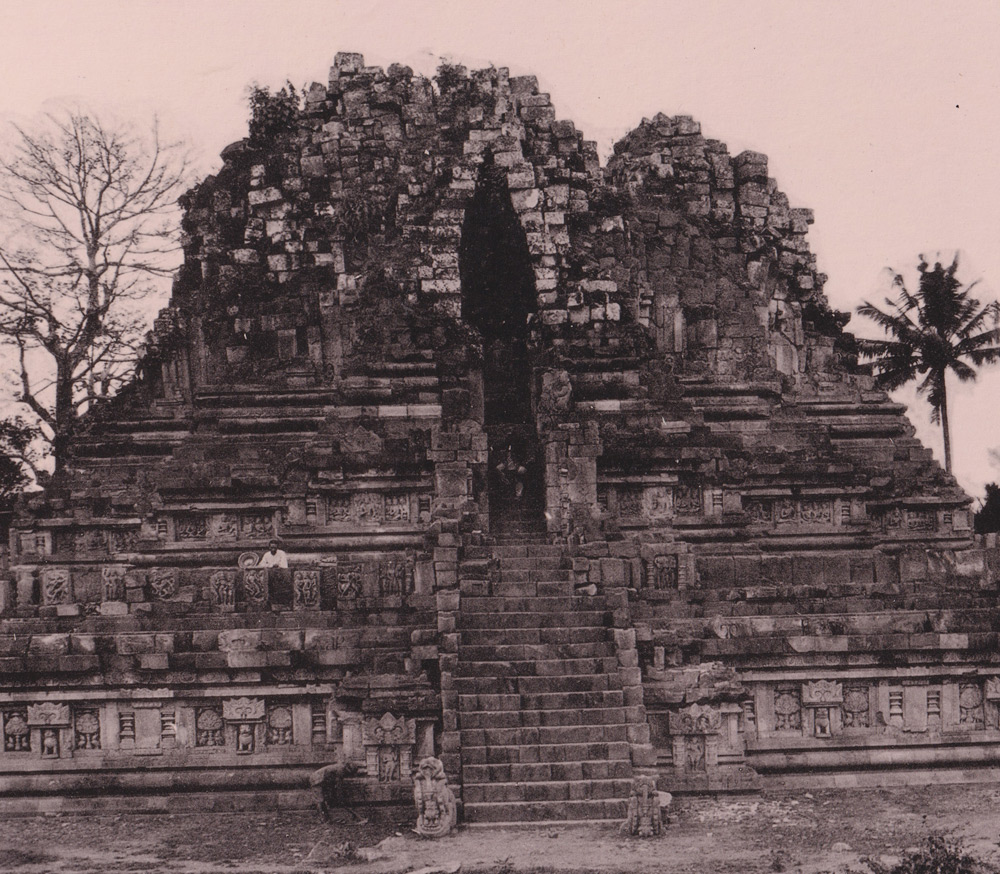
Cephas made noteworthy contributions to architectural photography. He documented significant buildings and historical monuments such as the Lara Jonggrang temple complex at Prambanan and the Barabudur (Borobudur) sanctuary, preserving the architectural heritage of Indonesia during a time when many structures faced the threat of neglect or destruction. His photographs would become an important source for which restoration works and further studies were based on.
A Legacy of Inspiration
For his contributions, Cephas was awarded a membership in the Royal Netherlands Institute of Southeast Asian and Caribbean Studies, Royal Institute of Linguistics and Anthropology or Koninklijk Instituut voor Taal-, Land- en Volkenkunde (KITLV), Dutch Archaeological Union (Archaeologische Vereeniging), an “extraordinary member” of the Batavian Society of Arts and Sciences, and an honorary gold medal of the Order of Orange-Nassau.
While Kassian Cephas may have passed away in 1912, his work remains a significant part of Indonesia’s artistic heritage, reminding us of the power of photography as a tool for documentation, storytelling, and cultural preservation.
The authentic photographs in this article are available for purchase through Indies Gallery, while high-quality reprints can be found at Old East Indies.
Authentic photographs, maps, and antiques: Indies Gallery
High-quality reprints: Old East Indies
